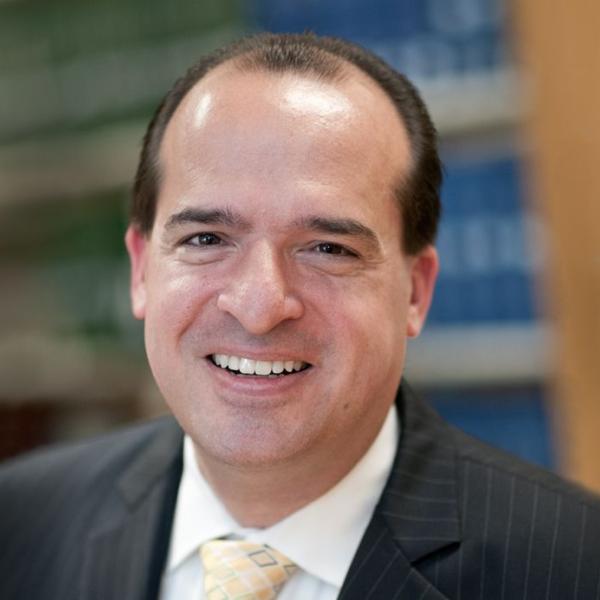Higher Purpose, Incentives and Economic Performance
Abstract
How does organizational higher purpose affect employee behavior and firm output? We develop an optimal-contracting model which shows that pursuing organizational higher purpose dissipates agency frictions, lowers wage costs and elicits higher employee effort. The effect on profits, however, depends on whether the authenticity of the firm’s higher purpose matters to employees or they care only about how much the firm invests in that purpose. When authenticity does not matter, the firm’s profit declines with its investment in higher purpose. But when authenticity matters, firm profit is non-monotonic in the commitment to higher purpose. The possibility of agency costs of external finance in some firms creates a negative externality, crowding out higher-purpose investments by other firms, with profits nonincreasing in higher-purpose investments cross-sectionally. When customers and/or investors care about the firm’s higher purpose, the equilibrium wages of employees decline and higher purpose investments by firms increase.









